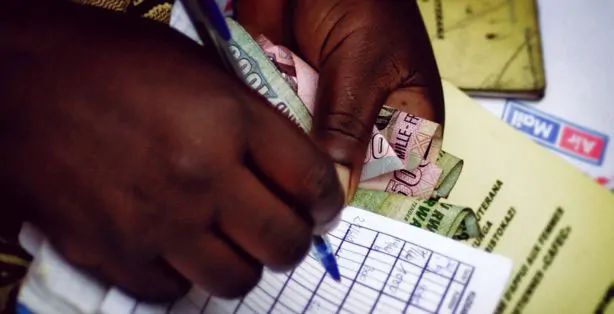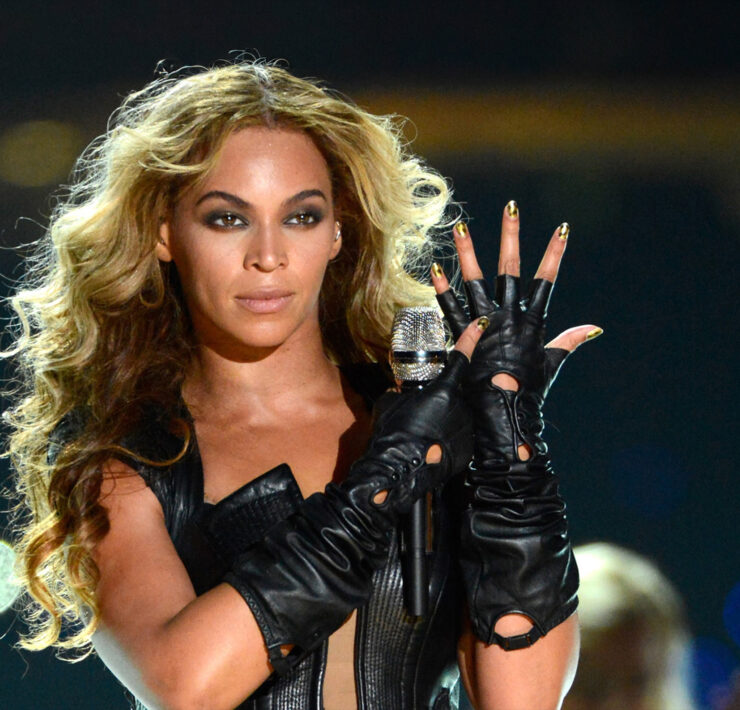
In much of the world, to be a woman means to be poor.
Women comprise 70 percent of the poor, 66 percent of those who cannot read, nearly 80 percent of the world’s refugees and 75 percent of the sick.
While women represent half the world’s population, they are responsible for nearly two-thirds of the world’s work and yet receive only 10 percent of the world’s income.
But the tide of injustice against women is turning.
Millions of women—including the most poor and oppressed—are starting small businesses, sending their kids to school and transforming their circumstances through the most unlikely of avenues.
They are saving their way out of extreme poverty.
Contrary to common assumptions, women in the developing world, even extremely poor women living on less than $1 a day, do save. They save to meet social obligations (such as weddings, funerals and festivals), to prepare for emergencies, to start or expand small businesses and to respond to seasonal changes in cash flow.
The challenge for many is finding safe, convenient ways to save their money—without which their savings are at risk of loss or theft.
In many areas, established banks do not exist—or they block services to the poor by demanding high fees or minimum balances. Across the developing world, deposit collectors roam communities collecting daily deposits for a high fee. Even the fees and the inherent risks of dealing with unregulated money collectors do not deter community members from using these services.
Several decades ago, the prevalence of unscrupulous money lenders spurred the microfinance movement—small loans for the poor. Today, the lack of opportunities for the poor to save is spawning a new movement—the savings movement.
Not only are they able to save a portion of the money they currently earn but, with discipline, the world’s poorest women are breaking the cycle of poverty, reducing their vulnerability and increasing their opportunities.
Savings for Life—an initiative launched by Baltimore-based World Relief—mobilizes poor women to start their own savings groups.
In war-torn Burundi, 4,000 members have saved a total of $38,000—an astounding amount, given that 93 percent of Burundi’s population lives on less than $2 per day.
With support from local churches and World Relief, a group of 15-25 community members, mostly women, join together to start a savings group. They set their own membership qualifications, elect their own leaders and set a minimum amount each member will save—often just a few cents per week.
Those who are able to save more purchase savings “shares” to increase their accounts. Positive peer pressure and ongoing training helps members stick to their savings plan, and a transparent system of accounting allows the group to store the cash in a lock box.
As the group’s “pot” of funds accumulates over time, group members apply for small loans—as little as $5 each—which many use to invest in starting or expanding a small business. Members repay the loans with interest (with the rate decided by the group), so the loan fund continues to increase, further enabling members to grow and expand their businesses.
As it is a time-bound process, a typical group savings cycle lasts for about one year, at the end of which a “share out” takes place. In the share out, members get back the total savings they contributed plus a dividend of any interest on loans and fees paid into the group’s fund over the cycle.
The profit at the end of a group’s savings cycle often exceeds 50 percent.
Through the Savings for Life approach, poor women own every step of the process, and this is what yields lasting change.
Wealth of Empowerment: Overcoming Poverty
In savings groups, women become savers, lenders, managers, stewards, leaders, teammates and active social participants within their communities. In managing their own operations, they build financial literacy and leadership skills. Many women, after participating in their own group, go on to mobilize other groups within the community.
In Burundi, women in savings groups are volunteering to act as “community sensitizers,” traveling around their neighborhoods telling people about the groups that are forming and how God is working to transform their situation. Participating in savings groups kindles new energy as women become agents of change in their own lives and the lives of those around them.
Wealth of Friendship: Creating Communities of Hope
The woman saver finds solidarity and a shared future with the others in her group. Women encourage each other, discuss concerns, share their faith and pray together. As each woman’s business grows and prospers, the entire group rejoices. If one member faces a financial setback, members help her problem-solve so she can repay her loan to the group and continue saving.
Savings groups form a web of relationships through mutual financial obligations, friendships, and shared tragedies and triumphs. In fact, members of Savings for Life often say these intangibles are the most important.
“There is love in this group,” says a member in Burundi. “When we have a problem now, we go to our group.”
Wealth of Compassion: Becoming Philanthropists and Activists
Women in savings groups become philanthropists and activists, extending their modest resources to serve others who are destitute.
In Burundi, savers built houses for homeless women living with AIDS, while a savings group in Kenya helped feed and shelter orphans in the community.
Most importantly, these women serve others using their own resources, out of their own strength and initiative.
Their actions go far beyond our traditional view of wealth and poverty. Indeed, these women—though poor—are rich.
Wendy Wellman is the Savings Technical Advisor at World Relief.




















